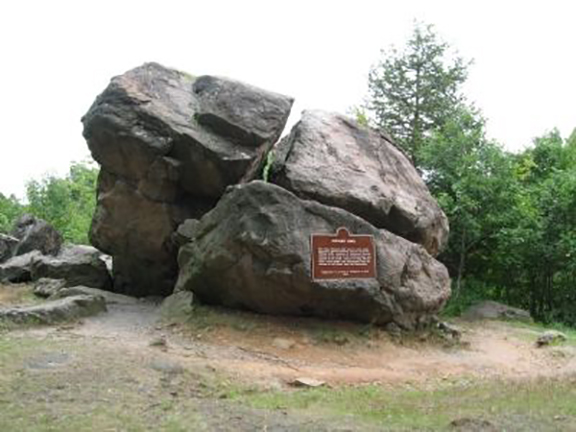
New Haven Topography
Part II
Scientific tradition holds that the continental glacier entered and completely covered Connecticut about 26,000 years ago. In addition, tradition holds that the Ice Age preceded that flow, about 150,000 years ago. These forces had a great impact on what is today our homeland.
As it has been explained, the more recent glacier was thick enough to completely cover Mt. Washington, which is 6288’ high. Here in Southern Connecticut, our landscape was covered by ice that was 1200-1500’ deep.
As these glaciers moved southward, their tremendous weight depressed the land areas and plowed earth materials before them with an action resembling that of enormous bulldozers, and reshaped the surface over which they traveled. This action is called glaciation; it creates trough-shaped valleys with steep vertical cliffs where entire mountainsides were created by glacial scraping. And so it was that glacial movement created drumlins, elongated hills or ridges extending north and south, and composed of debris or fragments of rock pushed along and compressed by the moving ice. These drumlins were composed of boulder clay, glacial sand and gravel. Melting glacial ice produced massive rivers which cut valleys still deeper, and in some places created lakes.
Today, we see ridges and valleys and everywhere there are erratic boulders which consist of types of rock that differ from the underlying bedrock. These boulders were plucked from faraway hills and moved to new locations by glacial action. They lie where they were dropped when the glaciers melted out from under them. A good example of erratic boulders would be those comprising Judges’ Cave on West Rock, a formation of erratic boulders, which lie on the spots where they were left so long ago.
After the glacial age, the land was bare of vegetation and the surface was covered with mud and rocks; the passage of time brought the return of vegetation, birds and animals.
And then, after the passage of the centuries, the area that we now call home was ready to be inhabited by mankind, so thus they did appear.
We acknowledge the work of Floyd M. Shumway and Richard Hegel from which much of this article was drawn.